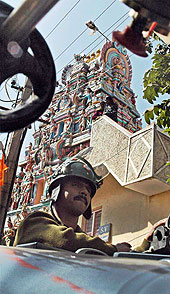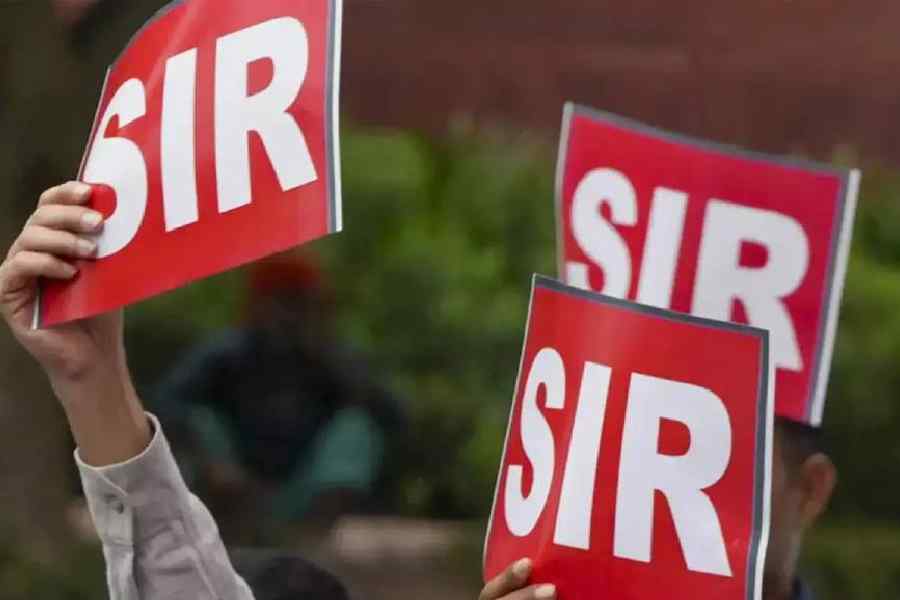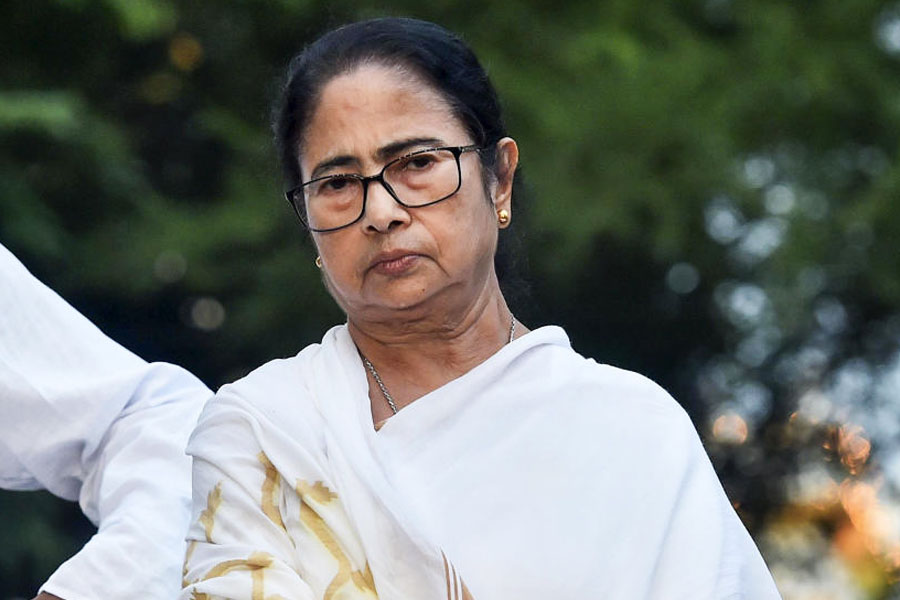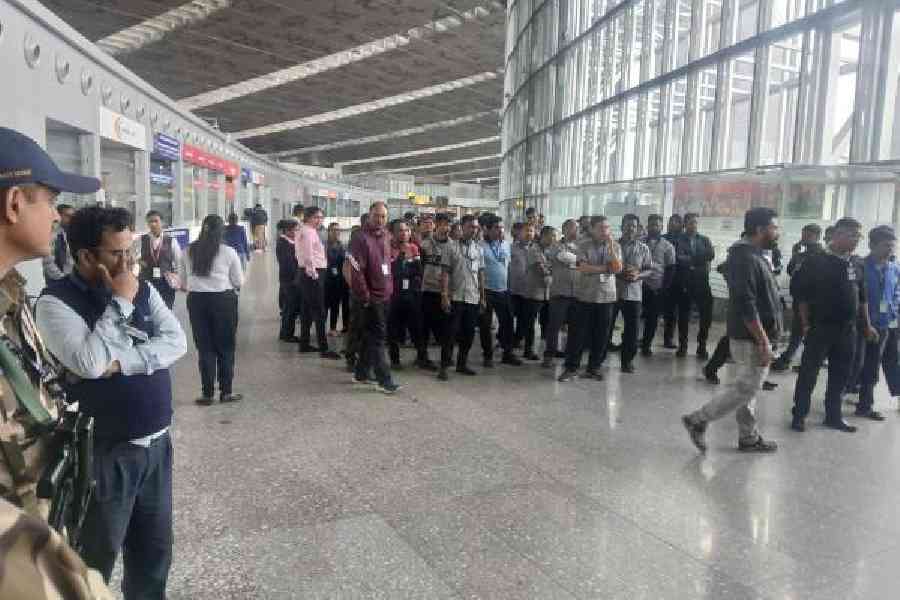 |
| ON GUARD: A policeman patrols a Bangalore street during a bandh |
Lunch-time was still an hour away. Manav Gopal was buried in work when he received an urgent e-mail from his company’s human resource department last Monday. “The mail asked all employees to leave office immediately,” says the Bangalore-based software professional.
The Cauvery Water Disputes Tribunal was to announce its final verdict on the sharing of the river waters that day — and Gopal’s company was taking no chances. . “The whole office was evacuated by lunch time. We were given the option to stay home the next day,” says Gopal.
Gopal’s firm wasn’t the only company pressing the panic button. By Monday afternoon, Bangalore closed completely. All schools, colleges, shops and supermarkets shut. Many city malls covered their glass façade buildings with net meshes to avoid damage from stone pelting. The usually choc-a-bloc Hosur Road — the route to Electronic City, Bangalore’s knowledge hub — looked deserted.
The city’s Tamil population played safe. “Hundreds of Tamil-speaking workers anticipated trouble and left Bangalore,” says Shanmuga Sundaram, president, Karnataka Tamils Federation. The busy National Highway 7 — the main thoroughfare between Bangalore and Tamil Nadu — looked like it was on holiday. “There was minimal vehicular movement between the two states,” says Sundaram.
The city administration did its bit. The Bangalore Mahanagar Transport Corporation (BMTC) pulled away its prized glitzy-red Volvo public buses from the roads. About 16,000 cops were deployed across the city.
“No one threatened to create trouble. Even then, Bangalore looked like it had imposed a curfew upon itself,” says Dr Ali Khwaja, head, Banjara Academy, Bangalore’s oldest counselling centre.
Khwaja compares Bangalore to Mumbai. “Mumbai is always moving, irrespective of serial bomb blasts or even if it is under four feet of water. But Bangalore grinds to a halt at the slightest sign of trouble,” says Khwaja.
Clearly, Bangalore’s citizens believe in being safe rather than sorry. When Kannada actor Rajkumar died last year, his photograph was displayed on most office buildings and private vehicles in the city. The reason was more than just reverence. “There was widespread fear that vandals would stone buildings and smash window shields,” says Rajiv Gowda, professor, Indian Institute of Management, Bangalore.
Amit Gupta, an IT professional who moved from Delhi to Bangalore two years ago, has never seen a Kannada movie. But a print out of Rajkumar’s photograph was pasted on his car for a fortnight when the actor died. “My vehicle has a non-Karnataka registration number. I was scared it would be damaged,” he says.
Sociologist Ramchandra Guha says this growing fear in middle-class Bangalore is a product of a divided society. “The city has a growing upper and under class. Since the upper class of IT professionals and entrepreneurs are largely outsiders, the locals feel excluded from the economic boom,” says Guha.
Guha gives the example of the riots that broke after Rajkumar’s death. According to police records, all trouble was created by local young men in the 20-30-years age group. “These are the people who have been excluded from the hot multinational jobs. They use any emotive situation to vent their frustration,” explains Guha.
Last month, a peaceful pro-Saddam Hussein rally held in Bangalore turned into a riot zone. Police firing killed one. Curfew was clamped in east Bangalore.
A Quality of Life survey conducted last year by a Bangalore-based business school, Alliance Business Academy (ABA), found that unemployment in the city has grown by 18 per cent in the low-income group since 2000. “Bangalore’s growth is focused entirely on the software sector. As a result, other segments have lost out,” says G.R. Narayanan, professor, ABA.
When the IT industry discovered the city, focus shifted to south Bangalore. Electronic City, the International Technology Park Limited (ITPL), glossy malls and fancy housing complexes were built here. “All jobs are in south Bangalore. When people from other parts come here to work, they see a glitzy, developed world that they are not a part of. This leads to envy and frustration,” says Narayanan.










